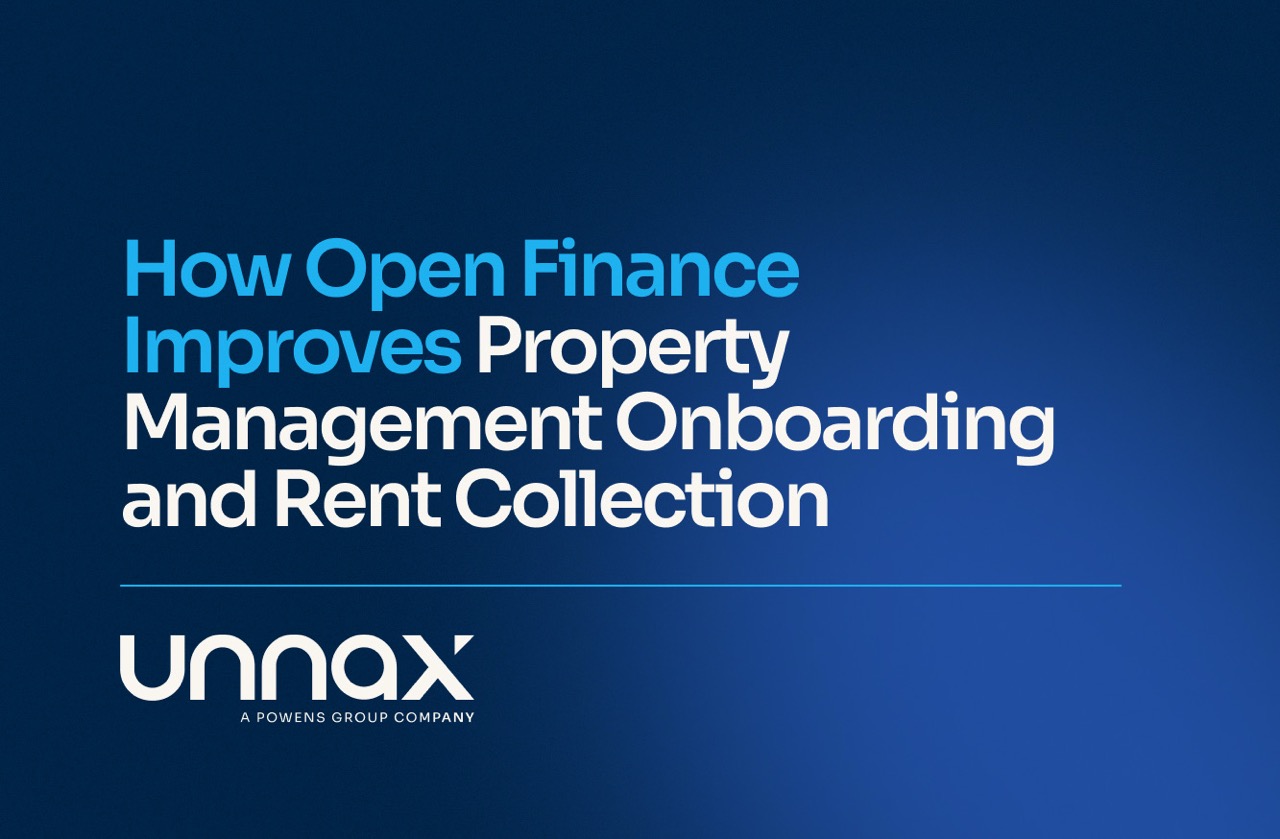When a company sells its products and services online, refund requests are one of the issues to watch out for.
First, because they go against the financial best interests of the business. Second, because if they are due to a real issue with the product or service, they can give the company a bad name. And third, because some refunds are fraudulent or done in bad faith, both of which are bad for obvious reasons.
What exactly are chargebacks?
A chargeback happens when, after completing a credit card transaction online, a customer requests that the bank return the amount paid, alleging that it is a fraudulent transaction. The bank then returns the money (and sometimes also charges the seller a fee, which tends to be 1% of the transaction total). This is obviously bad business for the affected party.
Consumers request chargebacks for a variety of reasons. With tangible products, a common one are product deficiencies, such as a product not meeting the advertised specifications, or presenting manufacturing defects. Another common reason are shipping problems, when a product is lost before it reaches its destination even though the customer has already paid for it.
For both tangible products and services, there are two other causes: fraud and bad faith. The first refers to situations like identity theft or cloned credit cards, while the second refers to deceitful behavior by the customer. In this case, the transaction is legitimate but the buyer falsely claims to have experienced a legitimate cause for refund.
Chargebacks can become an important problem for companies, as they must assume the resulting damages exclusively. Card companies don’t often take responsibility for undue transactions, much less ensuring that the fraud isn’t really targeting the website offering the service or product.
Given the situation, companies must look for ways to minimize the negative costs they can incur due to chargebacks. Unfortunately these are a feature of credit cards, and not allowing credit card payments would be a terrible choice for most businesses.
Fighting chargebacks with API tools
There are several strategies to protect your business against fraudulent chargebacks.
One of the most effective is to gather as much information as possible on your customers throughout the buying process to ensure traceability, and to prove that the transaction was legitimate.
Two tools that can aid you in this process are our bank reader and onboarding engines, which allow you to analyze your customer’s bank account data to detect risk patterns and understand their financial behavior, and verify their ID documents and certify that they don’t appear in any money laundering databases, respectively.
There is a third method to prevent chargebacks which is even more effective than the other two, which is to process payments as direct bank transfers with our bank transfer engine. The process in this case is very simple: instead of asking your customers to input their credit card data and sending them off your site to a third party payment platform, you have them log in to their online banking platform from a widget directly on your site. From there, our API takes over and emits a transfer of the corresponding amount from the customer’s account to yours.
The advantages of this payment method are many: first, by matching your bank to your customer’s, transfers arrive in real time and incur no commissions or charges; second, your users never leave your site as the payment platform is completely embedded on your domain, allowing you to track user behavior much better; and third, customers can no longer execute fraudulent chargebacks because there is no intermediary in the payment — the money goes directly from their account to yours and you have the final say over it.









